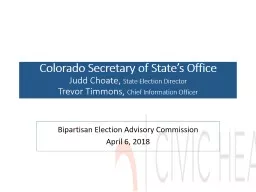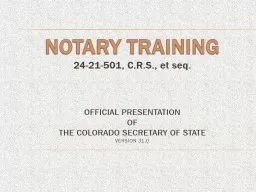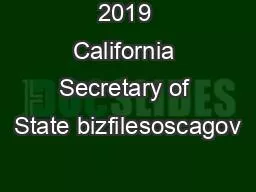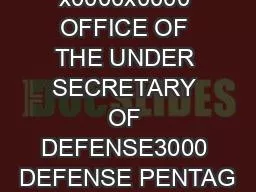PPT-Colorado Secretary of State’s Office
Author : lindy-dunigan | Published Date : 2018-11-01
Judd Choate State Election Director Trevor Timmons Chief Information Officer Bipartisan Election Advisory Commission April 6 2018 Russias 2016 Meddling in US Elections
Presentation Embed Code
Download Presentation
Download Presentation The PPT/PDF document "Colorado Secretary of State’s Office" is the property of its rightful owner. Permission is granted to download and print the materials on this website for personal, non-commercial use only, and to display it on your personal computer provided you do not modify the materials and that you retain all copyright notices contained in the materials. By downloading content from our website, you accept the terms of this agreement.
Colorado Secretary of State’s Office: Transcript
Download Rules Of Document
"Colorado Secretary of State’s Office"The content belongs to its owner. You may download and print it for personal use, without modification, and keep all copyright notices. By downloading, you agree to these terms.
Related Documents














